Basin Pillar Taps
Basin pillar taps are a common sight in bathrooms across the world. These fixtures are the go-to choice for many homeowners and designers when it comes to controlling the flow of water in sinks and basins. They've been around for ages, but they're still as popular as ever. Read more to learn all about these kinds of taps and help you make a choice on which is best suited for you.
Hansgrohe Vernis Blend Pillar Tap 70 for Cold Water without Waste Set - Matt Black
Now Only £73.11
Hansgrohe Vernis Shape Pillar Tap 70 for Cold Water without Waste Set - Matt Black
Now Only £86.20
Hansgrohe Tecturis S Pillar Tap 80 Ecosmart+ with Lever Handle for Cold Water Or Pre-Adjusted Water Set - Stock Clearance
Now Only £94.00
Bayswater Black & Chrome Crosshead Basin Taps with Hex Collar - Stock Clearance
Now Only £101.20
Hansgrohe Tecturis S Pillar Tap 80 Ecosmart+ with Lever Handle for Cold Water Or Pre-Adjusted Water Set
Now Only £104.44
Hansgrohe Tecturis E Pillar Tap 80 Ecosmart+ with Lever Handle for Cold Water Or Pre-Adjusted Water Set
Now Only £113.15
Hansgrohe Tecturis S Pillar Tap 80 Ecosmart+ with Lever Handle for Cold Water Or Pre-Adjusted Water without Waste Set - Matt White - Stock Clearance
Now Only £131.60
Hansgrohe Tecturis S Pillar Tap 80 Ecosmart+ with Lever Handle for Cold Water Or Pre-Adjusted Water without Waste Set - Matt Black
Now Only £146.22
Hansgrohe Tecturis S Pillar Tap 80 Ecosmart+ with Lever Handle for Cold Water Or Pre-Adjusted Water without Waste Set - Matt White
Now Only £146.22
Hansgrohe Tecturis S Pillar Tap 80 Ecosmart+ with Lever Handle for Cold Water Or Pre-Adjusted Water without Waste Set - Brushed Bronze
Now Only £156.66
Hansgrohe Tecturis E Pillar Tap 80 Ecosmart+ with Lever Handle for Cold Water Or Pre-Adjusted Water without Waste Set - Matt Black
Now Only £158.00
Hansgrohe Tecturis E Pillar Tap 80 Ecosmart+ with Lever Handle for Cold Water Or Pre-Adjusted Water without Waste Set - Matt White
Now Only £158.00
Hansgrohe Tecturis E Pillar Tap 80 Ecosmart+ with Lever Handle for Cold Water Or Pre-Adjusted Water without Waste Set - Brushed Bronze
Now Only £168.71
Hansgrohe Vivenis Pillar Tap 80 for Cold Water without Waste Set - Matt Black
Now Only £171.53
Hansgrohe Vivenis Pillar Tap 80 for Cold Water without Waste Set - Matt White
Now Only £171.53
Hansgrohe Finoris Pillar Tap 100 for Cold Water without Waste Set - Matt Black
Now Only £201.49
Hansgrohe Finoris Pillar Tap 100 for Cold Water without Waste Set - Matt White
Now Only £201.49
Why are basin pillar taps so important? Well, they're not just functional; they can also add a touch of style to your bathroom. Whether you're going for a modern look or something more traditional, there's a pillar tap out there that'll fit the bill. Plus, they're usually pretty easy to use, which is always a bonus.
Let's dive into the world of basin pillar taps, cover what they are, why you might want them, and how to choose the right ones for your bathroom.
What are Basin Pillar Taps?
Basin pillar taps are basically two separate taps that sit on either side of your sink or basin. One's for hot water, the other's for cold. They're called "pillar" taps because they stand upright, like little pillars on your sink.
These taps have been around for a long time. They first showed up in the late 19th century, when indoor plumbing started to become more common. Back then, they were pretty simple - just basic brass fixtures that did the job. Over time, they've evolved to include different styles, materials, and features.
What makes pillar taps stand out? First off, they're usually pretty sturdy. They're designed to last a long time, even with heavy use. They also tend to be easier to repair than some other types of taps. Another key feature is their separate controls for hot and cold water. This can be beneficial for saving energy, as you're not heating water you don't need.
Pillar taps come in all sorts of designs these days. You can find them in traditional styles that look like they belong in a Victorian-era home, or in sleek, modern designs that would fit right in with a contemporary bathroom. They're typically made of brass or other durable metals, and often have a chrome or brushed nickel finish.
Types of Basin Pillar Taps
First up, we've got single vs. double pillar taps. Single pillar taps are just what they sound like - one tap that controls both hot and cold water. These are less common than double pillar taps, but they can be a good choice if you're short on space or if you prefer a simpler look. Double pillar taps, on the other hand, are the classic setup. You get one tap for hot water and one for cold. This gives you more control over your water temperature, but it does take up more space on your basin.
Now, let's talk about style. Traditional pillar taps often have a vintage look. They might have cross-head handles or lever handles, and they often feature intricate designs that hark back to the Victorian era. These can be great if you're going for a classic or period look in your bathroom. Modern pillar taps, on the other hand, tend to have cleaner lines and simpler designs. They might have sleek lever handles or minimalist knobs. These can work well in contemporary bathrooms or if you're after a more streamlined look.
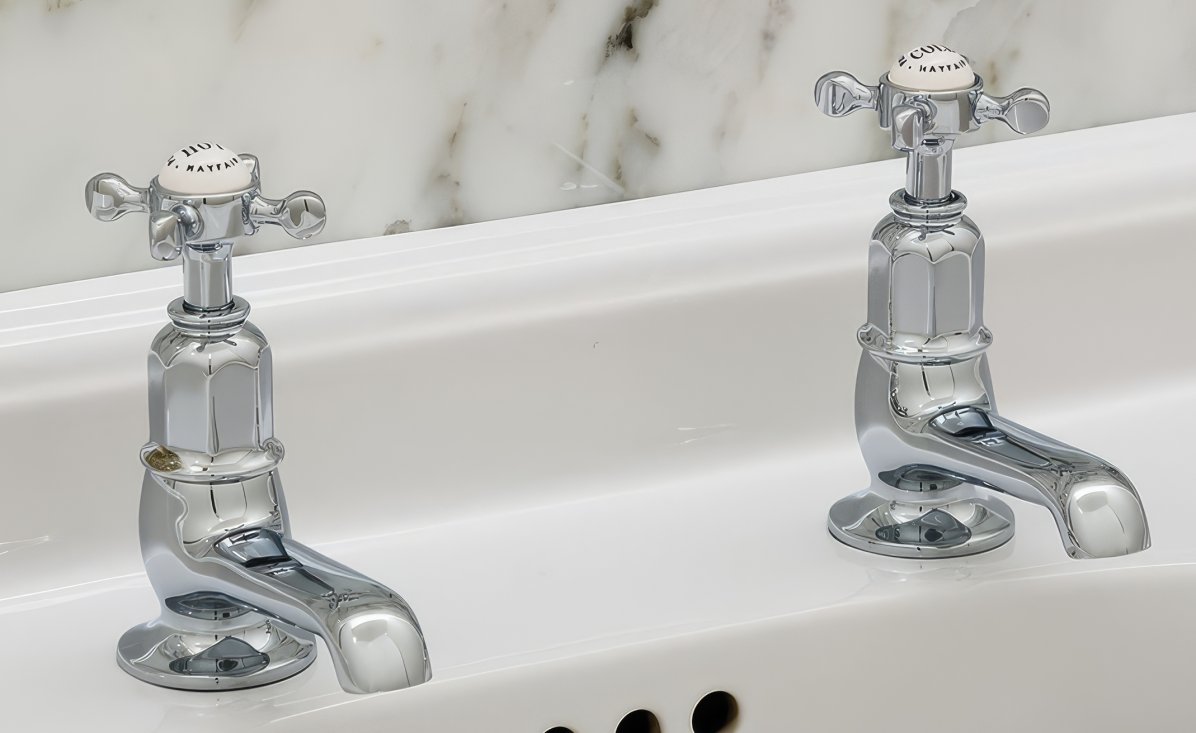
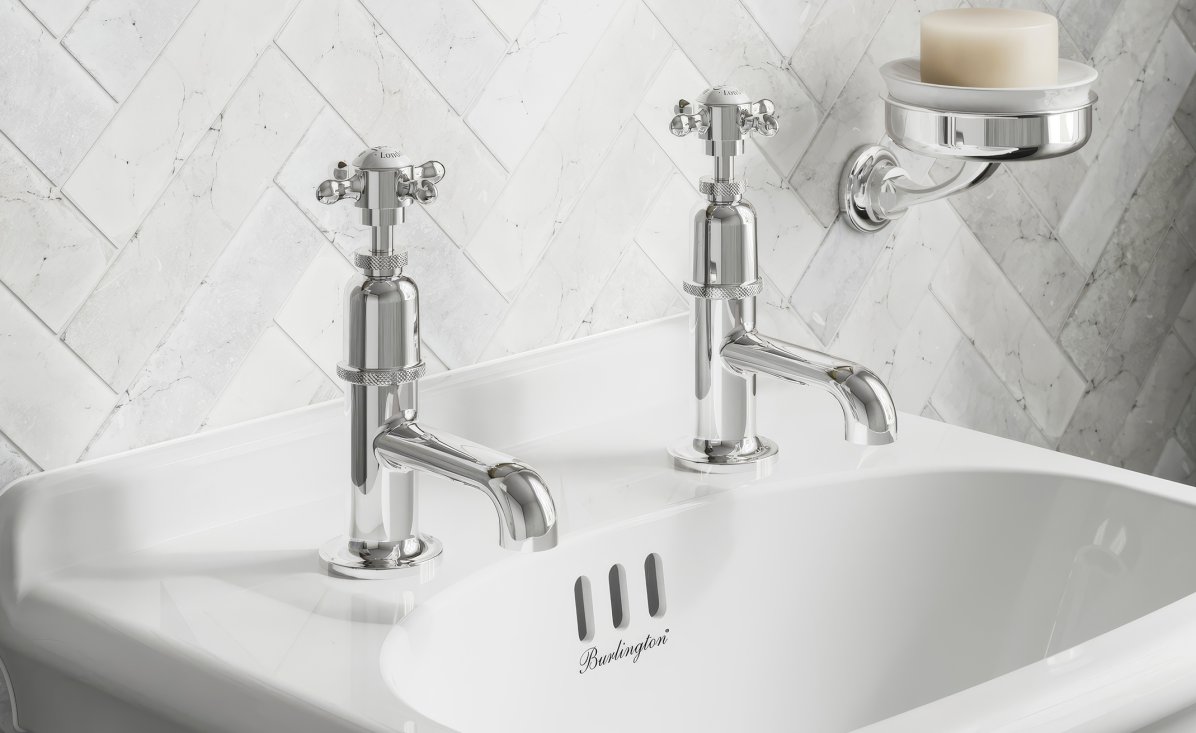
When it comes to materials, you've got plenty of choices. Brass is a popular option because it's durable and resistant to corrosion. It's often used as the base material for taps, which are then plated with other finishes. Chrome is another common choice. It's shiny, easy to clean, and goes with pretty much any bathroom style. Stainless steel is another option that's gaining popularity. It's tough, doesn't corrode, and has a modern look that many people love.
The finish of your taps can make a big difference in how they look. Polished finishes, like shiny chrome or polished brass, can add a touch of glamour to your bathroom. They reflect light well, which can help make a small bathroom feel brighter. Matte finishes, on the other hand, have a more subdued look. They don't show fingerprints as easily as polished finishes, which can be a plus if you've got kids or if you just don't want to be constantly wiping down your taps. Brushed finishes fall somewhere in between - they're not as shiny as polished finishes, but they're not as flat as matte ones.
Comparison: Basin Pillar Taps vs. Other Types of Taps
Now that we've covered the basics of basin pillar taps, let's see how they stack up against other types of taps, particularly mixer taps.
Mixer taps are a bit different from pillar taps. Instead of having separate controls for hot and cold water, mixer taps combine the two streams inside the tap body. You usually control them with a single lever that you move from side to side to adjust the temperature, and up and down to control the flow.
So, what are the pros and cons of each type? Let's start with pillar taps.
Pros of pillar taps:
- They give you precise control over water temperature.
- They're often easier to repair because they have a simpler mechanism.
- They can be more energy-efficient because you're not heating water you don't need.
- They often fit better with traditional bathroom designs.
Cons of pillar taps:
- It can take longer to get the right water temperature.
- They usually require two hands to operate.
- They can be less water-efficient if you leave both taps running.
Now, let's look at mixer taps:
Pros of mixer taps:
- They're easy to use, especially for people with limited mobility.
- You can often adjust the water with just one hand.
- They can be more water-efficient because it's easier to turn them off quickly.
- They often have a more modern look.
Cons of mixer taps:
They can be more complicated to repair if something goes wrong.
They might not fit as well with very traditional bathroom designs.
You have less precise control over the water temperature.
So, when might you choose one over the other? Pillar taps can be a wonderful choice if you're going for a traditional look in your bathroom. They're also good if you like having separate controls for hot and cold water or are concerned about energy efficiency. They can work well in family bathrooms, where different people might have different temperature preferences.
Mixer taps, on the other hand, are often preferred in more modern bathrooms. They're a good choice if ease of use is a priority, or if you're trying to save water. They can be particularly useful in en-suite bathrooms or in homes where there are people with limited mobility.
Remember, there's no one-size-fits-all answer. The best choice depends on your personal preferences, your bathroom design, and how you plan to use your basin. Some people even choose to have different types of taps in different bathrooms in their home, depending on the needs of each space.
Basin Pillar Taps vs. Monobloc Taps
Monobloc taps are another popular choice for bathroom basins. These taps have a single body that houses both the hot and cold water controls. Usually, they have a single spout and either one or two levers to control the water flow and temperature.
Pros of monobloc taps:
- They have a sleek, modern look.
- They're space-efficient, which is great for smaller basins.
- Many models allow for one-handed operation.
- They often provide good water pressure.
Cons of monobloc taps:
They can be more complex to install and repair.
Some people find the temperature control less precise than with pillar taps.
They might not fit well with very traditional bathroom designs.
Monobloc taps are often a good choice for contemporary bathrooms or where space is at a premium. They're popular in en-suite bathrooms and powder rooms. Pillar taps, on the other hand, are often preferred in traditional settings or where users want separate hot and cold controls.
Basin Pillar Taps vs. Wall-Mounted Taps
Wall-mounted taps are fixed to the wall above the basin instead of to the basin itself. They can come in both mixers and separate hot and cold designs.
Pros of wall-mounted taps:
- They free up space around the basin.
- They can create a striking visual feature.
- They make cleaning around the basin easier.
- They work well with vessel sinks and other modern basin designs.
Cons of wall-mounted taps:
- Installation can be more complex and expensive.
- They're harder to replace or upgrade later.
- They might require changes to your existing plumbing.
Wall-mounted taps are often chosen for their aesthetic appeal and space-saving benefits. They're popular in modern, minimalist bathrooms. Pillar taps, being more traditional, are often easier to install and replace, making them a practical choice for many homeowners.
Benefits of Basin Pillar Taps
Now that we've compared pillar taps to other options, let's dive deeper into their benefits.
One of the main advantages of pillar taps is the separate control for hot and cold water. This allows for precise temperature adjustment, which can be important for tasks like shaving or washing delicate items. It also means you're not heating water unnecessarily when you only need cold water.
Pillar taps have a traditional aesthetic appeal that many people love. They can add a touch of classic elegance to a bathroom, fitting well with both period properties and more modern spaces going for a vintage look.
When it comes to installation and maintenance, pillar taps often have the edge. Their simple design means they're usually straightforward to install, and if something goes wrong, they're often easier (and cheaper) to repair than more complex tap designs.
Cost-effectiveness is another benefit of pillar taps. They're often less expensive than mixers or monobloc taps, both to buy and to maintain over time. This makes them a popular choice for those renovating on a budget or for landlords fitting out rental properties.
How to Choose the Right Basin Pillar Taps
Choosing the right basin pillar taps involves considering several factors:
Size: Make sure the taps are the right size for your basin. They should be proportional - not too big or too small.
Design: Consider whether you want a traditional or modern look. Cross-head handles give a classic feel, while lever handles can work in both traditional and contemporary settings.
Material: Brass is durable and long-lasting, while stainless steel resists corrosion well. Consider how the material will stand up to your water type (hard water can be tougher on some materials).
Finish: Chrome is popular for its easy-clean properties and versatile look. Brushed nickel or bronze can add warmth, while matte black is trendy for modern bathrooms.
When choosing your taps, think about how they'll fit with your overall bathroom decor. They should complement your basin, mirror, and other fixtures. If you're going for a cohesive look, you might want to match your basin taps with your bath taps or shower fittings.
Budget is, of course, an important consideration. Pillar taps are available at various price points, from budget-friendly options to high-end designer models. Remember to factor in installation costs if you're not fitting them yourself.
Lastly, think about practicality. If you have young children or family members with limited mobility, consider how easy the taps will be to use. Lever handles, for example, are often easier to operate than cross-head handles.
Frequently Asked Questions (FAQs)
What is the difference between basin pillar taps and other types of taps?
Basin pillar taps are separate hot and cold water controls that stand upright on your basin. The main difference is that they have two distinct taps, unlike mixer taps or monobloc taps, which combine hot and cold water in a single unit. Pillar taps give you individual control over each water flow, while other types usually blend the water before it comes out of the spout.
Are basin pillar taps suitable for modern bathrooms?
While pillar taps are often associated with traditional bathrooms, they can definitely work in modern settings too. Many manufacturers now offer pillar taps with sleek, contemporary designs. If you're going for a modern look, consider pillar taps with clean lines, minimalist handles, and a chrome or brushed nickel finish. They can add an intriguing retro-modern twist to a contemporary bathroom.
How do I install basin pillar taps?
Installing basin pillar taps is usually straightforward, but if you're not confident with plumbing, it's best to hire a professional. Here's a basic overview:
- Turn off the water supply.
- Remove the old taps if you're replacing them.
- Clean the basin holes thoroughly.
- Apply plumber's putty or silicone sealant around the base of each tap.
- Insert the taps through the holes in the basin.
- Underneath the basin, attach the washers and nuts to secure the taps.
- Connect the water supply lines to the taps.
- Turn the water back on and check for leaks.
Remember, the exact process might vary depending on your specific taps and basin.
What are the common problems with basin pillar taps and how to fix them?
- Dripping: This is often caused by worn washers. To fix it, turn off the water supply, disassemble the tap, and replace the washer.
- Loose handles: Tighten the screw under the handle cap.
- Low water pressure: This could be due to limescale buildup. Try cleaning the aerator or replacing it if necessary.
- Squeaking: A bit of plumber's grease on the stem can often solve this issue.
Leaks around the base: Tighten the nuts under the basin, or replace the O-ring if that doesn't work.
For persistent problems, it's best to consult a plumber.
How do I choose the best material for my basin pillar taps?
Choosing the best material depends on several factors:
- Durability: Brass is known for its longevity and resistance to corrosion.
- Finish: Chrome is popular for its shine and ease of cleaning. Brushed nickel is effective at hiding water spots and fingerprints.
- Water type: If you have hard water, look for materials resistant to limescale buildup.
- Style: Stainless steel can give a modern look, while bronze or copper can add warmth and character.
- Budget: Solid brass taps are often more expensive but can last longer. Chrome-plated brass is a good mid-range option.
- Maintenance: Consider how much care different materials require. Some finishes need more frequent cleaning to maintain their appearance.
Remember, the internal components are just as important as the external finish. Look for taps with ceramic disc cartridges, as these tend to be more durable and leak-resistant than rubber washers.

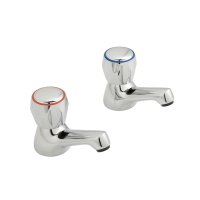


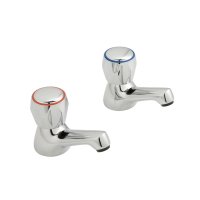
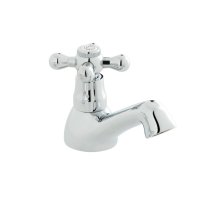





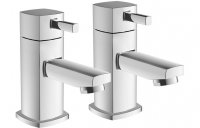
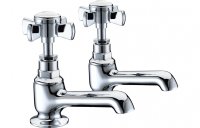
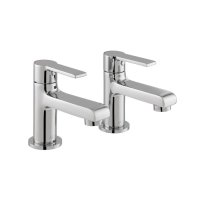
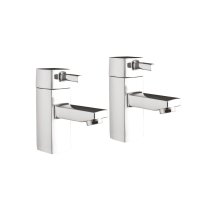


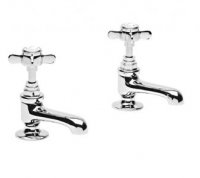
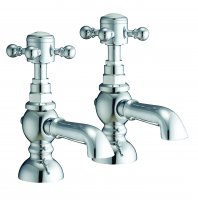
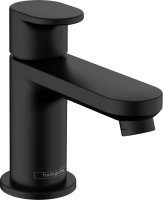
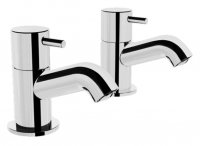
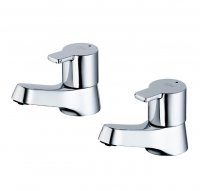

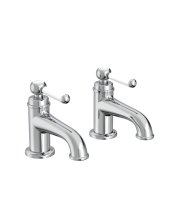
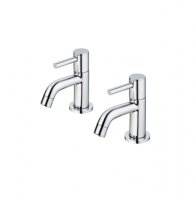
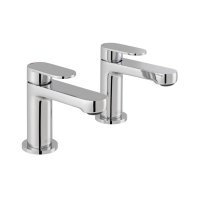
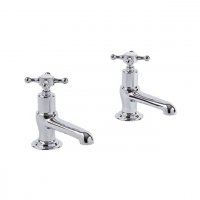
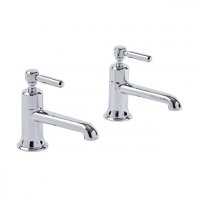
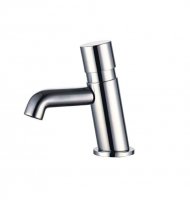

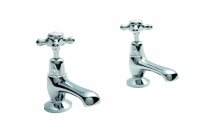
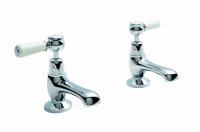
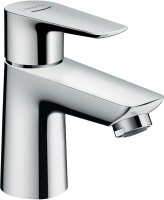
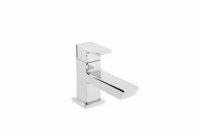
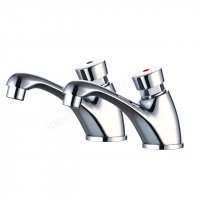

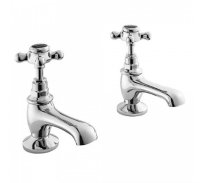

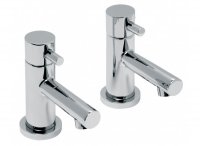
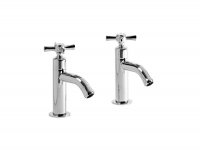
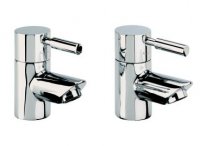

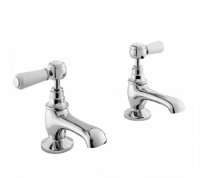
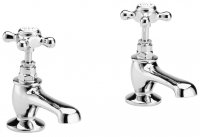
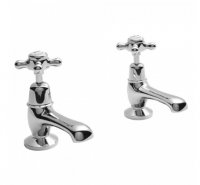
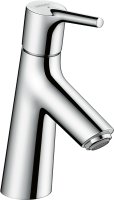
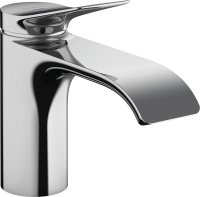
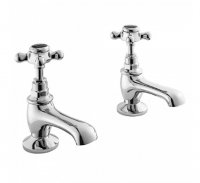
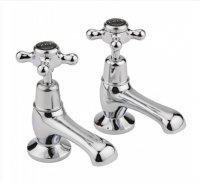

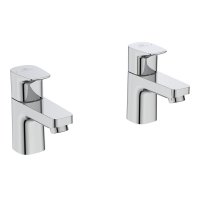
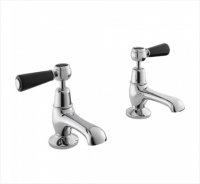
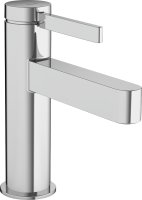
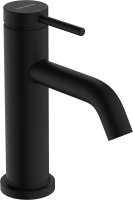

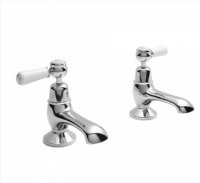
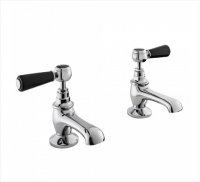
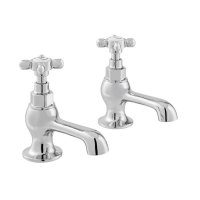

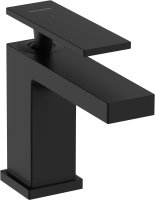
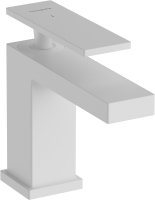
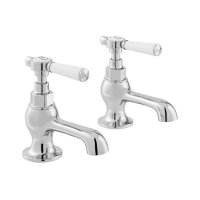
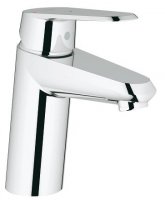
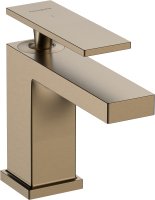

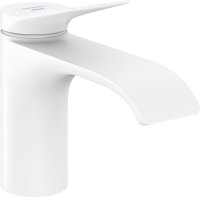
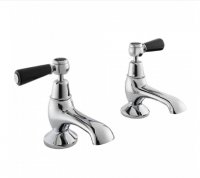
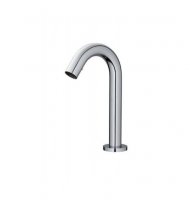
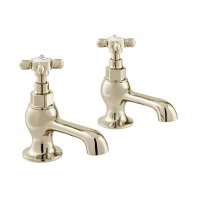
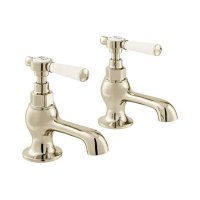
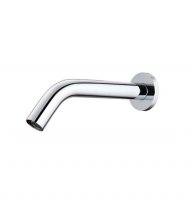
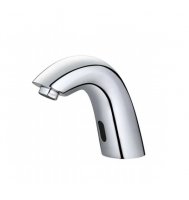
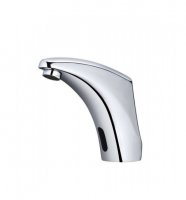
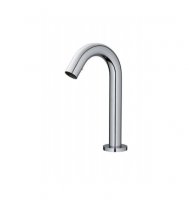


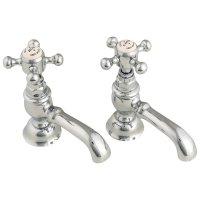
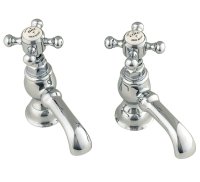
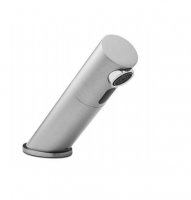

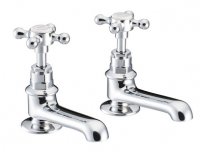
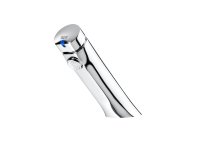
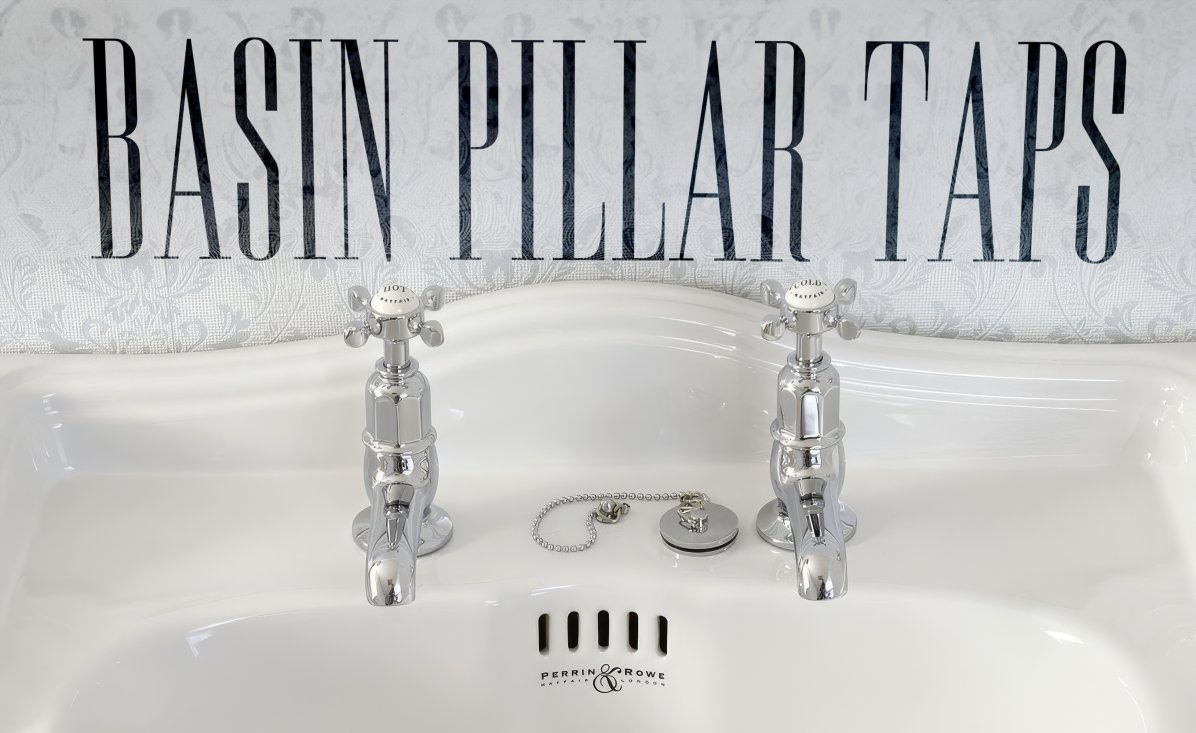








Stay Connected